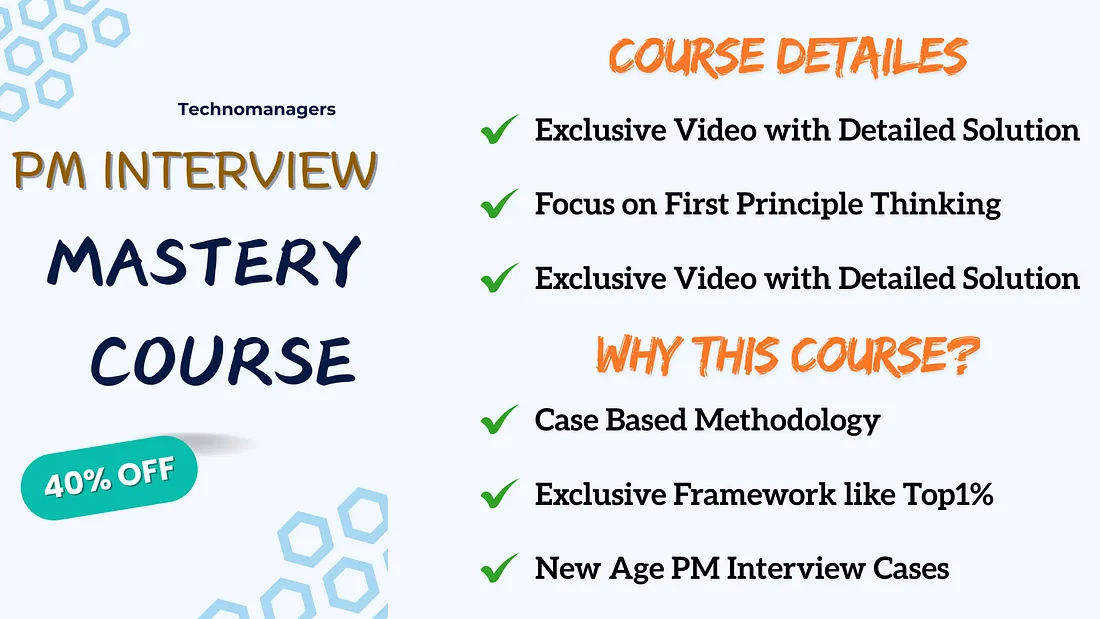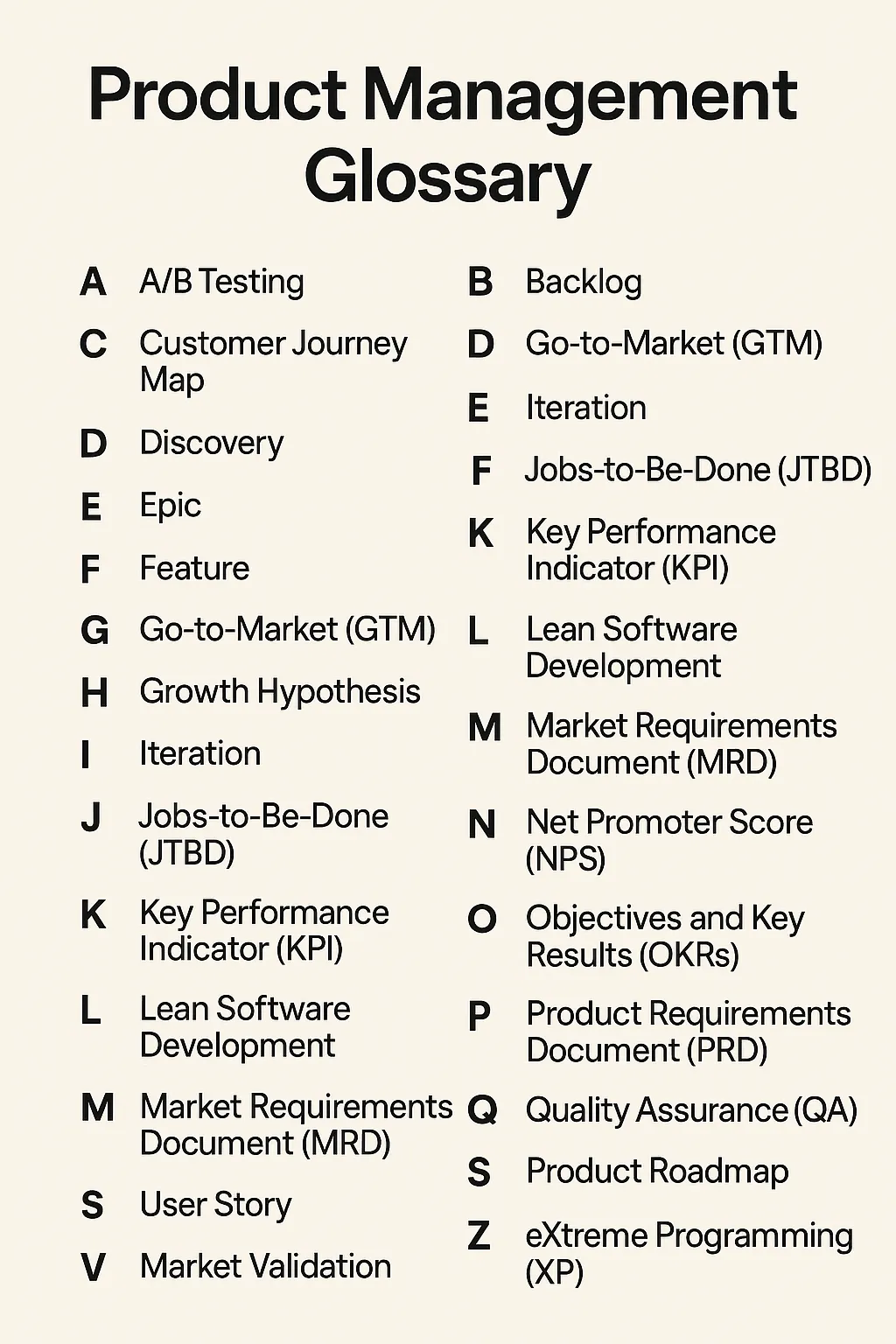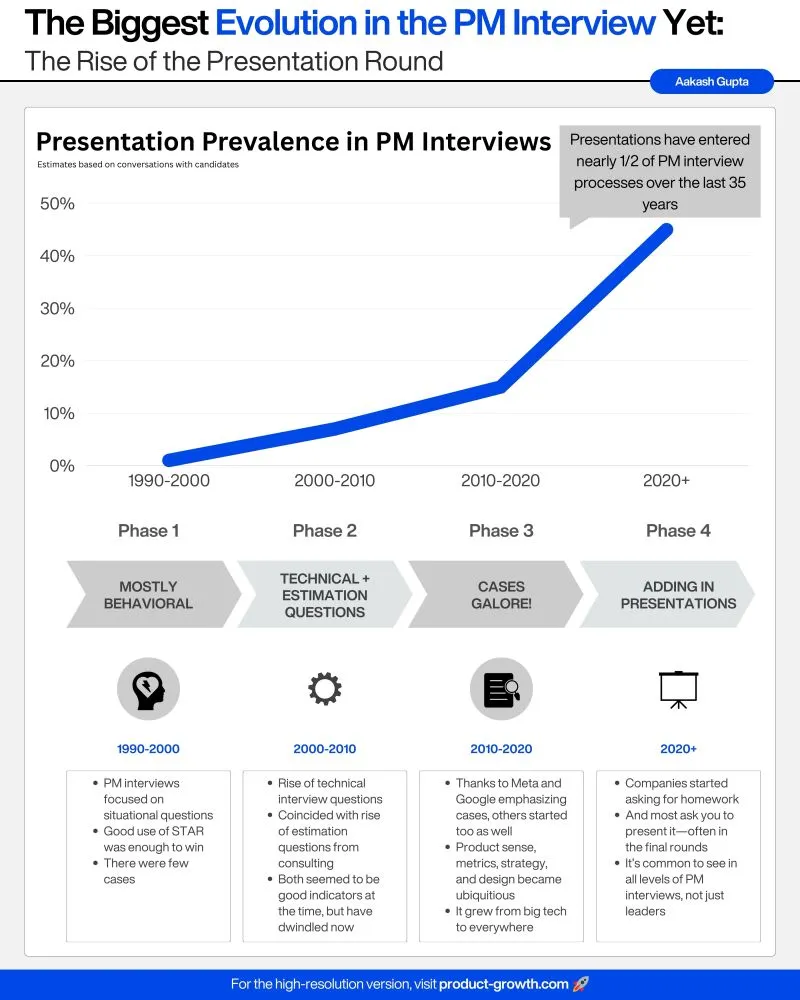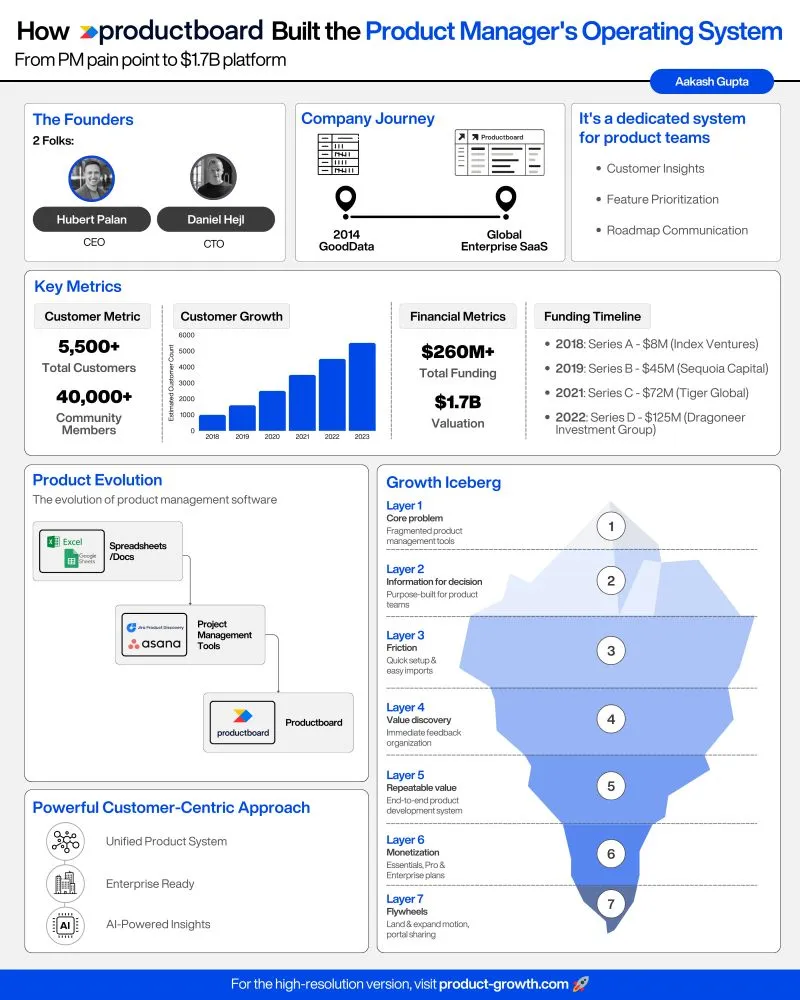
8 Powerful Project Management Lessons I Learned the Hard Way
The year was 2012. I moved to Asia to escape my previous management role and teach English. I wanted a break. And yet within a year I’d been promoted, parachuted into an office that was disorganised, disconnected, and in a constant state of emergency.
Shine off the apple, I got to work trying to revamp key elements of the company culture, tending the part of the garden that was mine. Everything was an experiment. This meant being Project Manager on a bunch of new initiatives, from product development to service models. I was wearing many hats, coats, shoes and jumpers.
These varied roles required myriad skills, and a state of constant learning. As what I was doing was so new to the company, and I was changing things people had been doing a certain way for so long, a lot of it was learned the hard way.
I did this by getting my hands dirty doing, failing, and reflecting.
Ultimately what’s most likely to kill a project’s success is one of the four horsemen of the proj-pocalypse:
- Bloat — Too many extra tasks or goals are added over time, expanding the scope of work and burning through time and resources
- Drift —Either from a lack of goals or a failure to keep them in mind, the project strays from its original destination and ends up chaotic or solving the wrong problem
- Deflation — People lose motivation or forget the bigger picture when they get stuck in the minutiae and mundane elements of the task leading to a drop in quality
- Dilution — Too many voices, too much discussion and too many compromises mean you lose the essence of what you wanted to get done
All can be overcome with the right mindset, structure, and skills.
Now I’m lucky enough to be coaching and developing others, I’ve had a chance to reflect on the lessons that benefitted me most. And I’m privileged to see which of these resonate with people most.
There were no shortcuts for me. But there can be for you.
Here goes.
#1. Begin with an autopsy
Before any major project, I like to do two mini-meetings.
The first is a pre-mortem. This is when I get everyone together and we ask the question ‘what will make this project fail?’.
Then we brainstorm worst case scenarios and work backwards to what would cause them, so we can put in place steps to prevent them.
The second is a ‘friction forecast’. This is where we look at all the potential points of friction and work out ways to smooth these out. This may mean setting up special chat threads for the engineers and designers, or getting sales involved in product design.
A pre-mortem prevents failure. A friction forecast improves execution.
#2. Set clear aims and keep them visible
Start with the end in mind. Know what you want to achieve and why.
Then as the project develops, make sure you keep reminding everyone.
I’ve seen many times how the initial enthusiasm of a project can descend into creative chaos when people start over-thinking the options and constantly recalibrating.
Sometimes, you need to be flexible. You need to adapt to new challenges or embrace new opportunities. Agility in a PM is essential. However, you still need to know the aims to effectively adjust.
Otherwise you end up completing a different project to the one you started.
The aims and goals of the project should be clear to everyone, and readily available for all to reference. Then repeated constantly.
And yes, there’s definitely a space for creativity and innovation through a project. Just make sure it’s towards the aims you’re trying to achieve.
#3. Effective communication is a cheat code
I’ve always valued communication. And it turns out I’m not alone.
The Project Management Institute (PMI) 2023 Pulse of the Profession report highlighted a bunch of “power skills” for project management, based on feedback from experienced PMs.
Top of the pops? Communication.
68% of those surveyed put this as the most essential skill for achieving objectives.
But what does communication mean exactly? Chats? 1:1s? Meetings? Email threads? Slack channels?
All of them! Cover your bases. Every interaction is a chance to check for clarity, and to nip issues in the bud.
Some general rules of thumb that have helped me:
- Listen, don’t just talk
- Keep things clear and concise
- Follow up on key tasks and instructions
- Ask questions and be curious about people’s perspectives
- Get as much as you can in writing, and in a place anyone can access it as conveniently as possible
- Treat every misunderstanding as a lesson to communicate better next time (not a judgement of the other person)
- Embed answers to potential follow up questions in your original messaging — it helps you think from the other person’s perspective, and helps you think a few steps ahead
#4. It will always take longer than you think
Productivity boffins even have a name for this: Hofstadter’s Law. And worse still,
Even when you take into account Hofstadter’s Law, things always take longer than you expect.
As a result, we can often get over-enthusiastic about exactly what we can achieve in a given time frame.
This is exacerbated by the planning fallacy, a term coined by the celebrated psychologist Daniel Kahneman:
“The planning fallacy is that you make a plan, which is usually a best-case scenario. Then you assume that the outcome will follow your plan, even when you should know better.”
One method I’ve found that counteracts this is to automatically double whatever your time estimate is. This helps offset our natural enthusiasm common at the start when excitement is high. Then as the project advances and other priorities creep in, you can find safety in the wiggle room of yesterday’s foresight.
And I’m not alone in this. Productivity guru Cal Newport says something similar in his book Slow Productivity:
“We seem to seek the thrill that comes from imagining a wildly ambitious timeline during our planning… It feels good… but sets us up for scrambling and disappointment… By deploying a blanket policy of doubling these initial estimates, you can counter this instinct toward unjustified optimism.”
Better to have the time to tweak, edit, and polish. Otherwise you’ll likely be handing in projects that are rushed, half-baked, or just tidied first drafts — not the standard you’re truly capable of, nor work you can be proud of.
#5. Good enough isn’t anything to be ashamed of
I’m a pragmatist. As a result, I rarely get lost in perfection.
Some people have a real problem with this. They think we should all aspire to do perfect work at all times.
In truth, we’re both saying the same thing, but from different angles. Essentially:
Do the best possible work.
Whereas a perfectionist thinks what’s possible is fixed, a pragmatist recognises it fluctuates.
You can’t achieve perfection everyday due to a long list of variables: energy, workload, staff, opportunity, time. So the best you can do on a given day needs to be the standard. Not some mystery idea of perfection.
Stressing over the perfect project often adds unnecessary pressure, expands timelines, and removes a lot of opportunity for experimentation and, crucially, feedback.
And feedback lives in the real world, not in your head.
Be it a product or service, you want a working model out there to tweak and mess around with as quickly as possible.
Good enough gets you there quicker.
#6. Make sure there’s a clear schedule. And make sure it includes milestones and checkpoints
I won’t waste time telling you all to make a schedule — if you can’t figure that out for yourself, you probably shouldn’t be running a project!
But a key thing that often gets overlooked is the need for this to be clear for everyone, and relevant to their specific role.
Different people need to know why certain things need to be done at certain points. If there are critical bottle necks, these need to be communicated regularly and clearly.
And be sure you chase up any potential delays before they become actual delays.
One thing that really helps keep a project on track is embedding milestones into the timeline. These are ‘by X date, we should have completed X’. These help everyone see at a glance if they’re on track.
Also, consider using checkpoints. These are the key moments in a project where people are relying on others to move the project forward. So it’s important that these are clearly communicated to the people responsible, and that they know who to follow up with if things are running late.
#7. Ask questions
Elon Musk apparently loves to walk around his factory floor at Space X and Tesla and ask engineers questions about why they do things a certain way. Sure, it’s probably quite annoying. But it’s also why he’s able to shave costs and lead time off all his products.
When you’re PM, you’re not challenging people or trying to get them to feel defensive. It’s about nudging them to think of things differently, for the benefit of everyone but especially the project.
You’ll also learn a ton too, better preparing you for projects in future.
And lessons are rarely siloed. Ideas from one area often inform your thinking in another.
This all starts with being curious and open-minded.
#8. Set an example and embody the values
How you respond to things will set the culture in the project.
Try to meet setbacks with a constructive smile.
Rise to challenges.
Motivate people by keeping them excited by being excited yourself.
Treat the project as a bore, a suck on your time, or a chore you’ve been given by the CEO and need to get out of the way, and don’t be surprised to see everyone in the project act the same way.
Conclusion
I learned the hard way things won’t always go your way on a project.
But each of these setbacks is a beautiful lesson often wrapped in a painful setback.
After decades of delivering all manner of projects, from publishing textbooks to organising major events, I’ve learned a thing or two about how to do it well.
Here are some common principles that helped me. I hope they will help you on your journey too:
- Think about what will slow you down or lead you to failure before you start, and take steps to avoid them
- Set clear aims and keep reminding everyone
- Communicate clearly, communicate often
- Things always take longer than you think
- Don’t waste time on perfection. Get things good enough and out there
- Keep a clear schedule with various checkpoints
- Ask questions
- Your greatest tool is your example. Use it wisely
What’s worked for you? Let me know in the comments as I’d love to hear your input!










Comments ...
No Comments Yet ...Add One